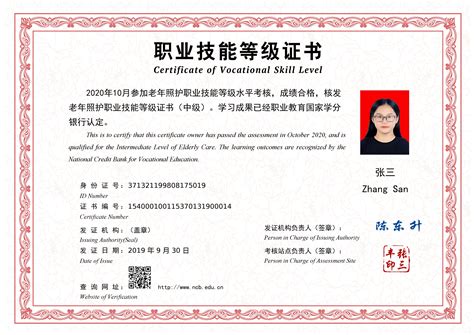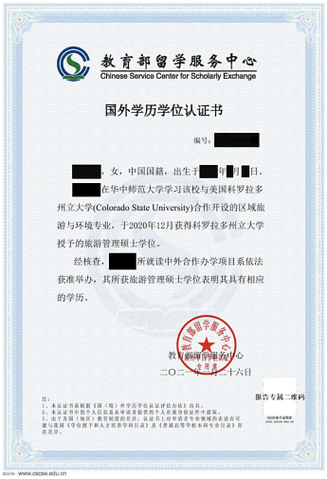对美国移民文化内涵变化的理解
In order to understand US immigration history, it is essential to recognize the diverse and complex factors that have shaped the nation's immigration patterns over the centuries. Here is a brief overview:
Colonial Era (1600s1775)
During the colonial era, the majority of immigrants to the American colonies were from European countries, with a significant number coming from England, Scotland, Ireland, Germany, and the Netherlands. These early immigrants played a crucial role in establishing the foundations of the American society and economy.
19th Century
The 19th century witnessed a significant increase in immigration to the United States, driven in large part by economic opportunities and political upheavals in Europe. The Irish potato famine in the 1840s and the revolutions of 1848 led to a surge in Irish and German immigrants, who sought better lives in America. Chinese immigrants also came to the US in large numbers, primarily to work on the transcontinental railroad.

Early 20th Century
The early 20th century saw a shift in immigration patterns, with Southern and Eastern European immigrants, including Italians, Poles, and Russians, arriving in the US in large numbers. The implementation of immigration quotas in the 1920s aimed to restrict the influx of immigrants from certain regions, particularly Asia and Southern Europe.
PostWorld War II Era
After World War II, the US experienced a new wave of immigration, including refugees from wartorn countries and immigrants seeking better economic opportunities. The Immigration and Nationality Act of 1965 abolished the national origins quota system and paved the way for a more diverse range of immigrants to enter the US.
Recent Trends
In recent decades, immigration to the US has continued to be a complex and contentious issue. Debates over border security, undocumented immigration, refugee resettlement, and legal immigration policies have shaped the national discourse on immigration.
Economic Perspective
Immigration has long played a crucial role in the US economy, providing a diverse labor force that has contributed to the nation's growth and prosperity. Immigrants have filled essential roles in industries such as agriculture, manufacturing, and services.
Social Perspective
Immigration has also been instrumental in shaping American society and culture, enriching the nation with a mosaic of traditions, languages, and perspectives. However, immigration has also sparked debates over issues such as assimilation, cultural diversity, and national identity.
Political Perspective
Immigration policies have been a highly politicized and divisive issue throughout US history. Political debates over who to admit, how many to admit, and under what conditions have reflected broader social, economic, and cultural tensions within American society.







